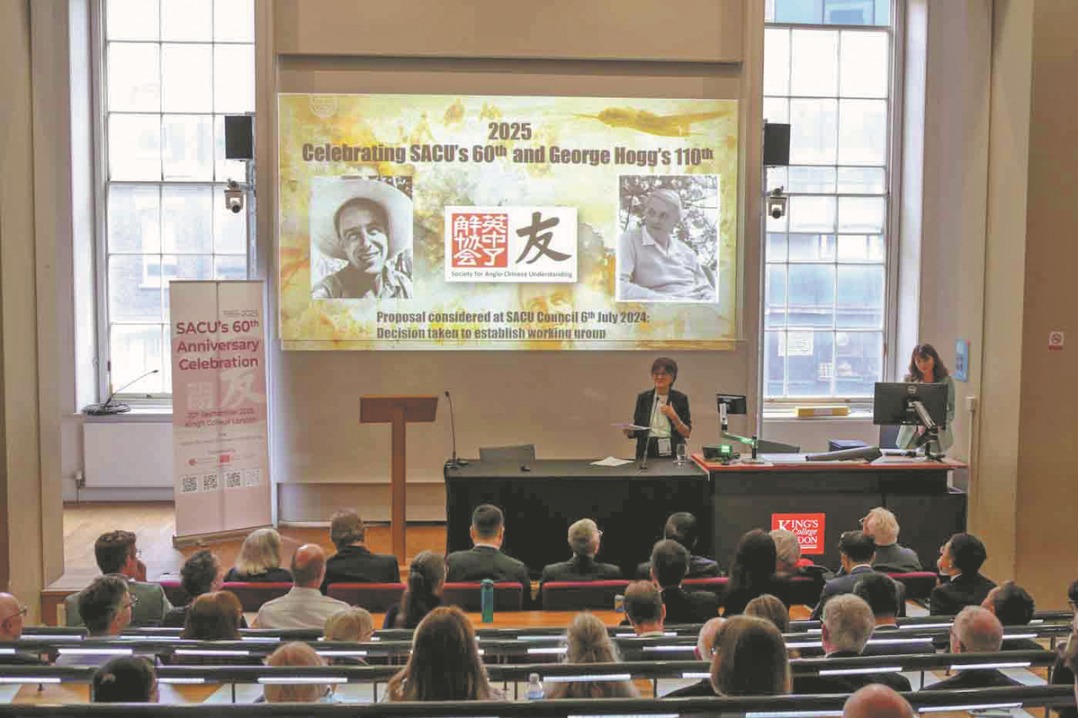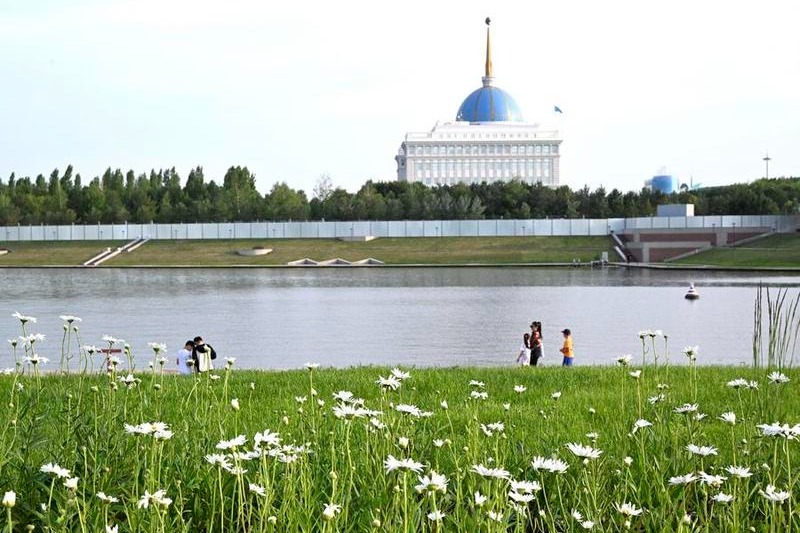Chinese lessons for Africa in infrastructure building

Editor's note: This article is part of the Preview Policy Report for the 2018 Beijing Summit of the Forum on China-Africa Cooperation, to be published by China Watch, China Daily's think tank.
There is a saying in China that if you want to be rich, you need to build a road and a bridge. China’s experience not only confirms it, but also shows that infrastructure is extremely important for poverty alleviation. After 40 years of reform and opening-up, infrastructure construction has yielded remarkable results. Since infrastructure is a public good, it is closely related to the improvement of the production and living conditions of poor areas or populations.
The infrastructure construction have greatly modernized Chinese society. First, strengthening the construction of water conservancy facilities helps prevent floods, resist natural disasters and promote agricultural development.
Second, the rapid expansion of transportation and communication networks has significantly stimulated the rural economy. China is well on its way to build power grids, highways and 4G Internet connecting all rural regions. The transportation and communication systems in place can spatially establish a connection with the external markets, which promotes trade, reduces transaction costs and provides a solid basis for rural economic development.
Third, transportation infrastructure and economic growth have strong characteristics of spatial agglomeration. Convenient transport facilities can bring farmers together in remote areas and significantly improve their quality of life.
Key factors and some experience
Africa has broad prospects for infrastructure development and financing; and learning from China is well worth it.
Governments must play a leading role. The African market economy is underdeveloped and it is difficult to improve infrastructure by relying solely on market mechanisms. In China, the government has included domestic infrastructure construction in each five-year plan in line with the requirements of national economic development. The plans have distinct characteristics in different historical stages of economic development. Infrastructure is listed as one of the priorities, along with the development of agriculture and township enterprises.
The African Union has placed infrastructure high on the agenda. It has unveiled the African Infrastructure Development Plan (PIDA) for continent-wide transportation, electricity, cross-border water management and information networks as the top priority in the development plan of 2012-2020. It is of great importance for African countries to strengthen implementation capacity to effectively coordinate their plans with PIDA.
Debt risks should not be ignored. Infrastructure is a double-edged sword which can be either conducive to the rapid development of the economy, or in some instances, become a heavy burden on governments. Moreover, it would also result in a waste of resources if infrastructure were not fully used, which would in turn hinder economic development. Both China and Africa have lessons to learn in this regard. Therefore, African countries need to carefully reflect on how to manage the scale and speed of infrastructure construction.
Protecting the environment, animals, and cultural relics is another important point. China had placed too much emphasis on speed and economic efficiency in building infrastructure. To a certain extent, some social issues were neglected, including environmental protection, resulting in problems such as environmental damage and lack of regional characteristics in each region. These lessons are worth learning for African countries.
Introducing market mechanisms in public goods supply promotes development. To address the shortage of funds in infrastructure construction, Chinese government charges fees for the use of public goods to cover construction and operation costs, and promote rational and effective allocation of resources. For example, toll gates have been set up at large bridges, tunnels and ferries to collect fees from vehicles and the income is used to repay loans, thus gradually shaping the model of “construction by loans, repayment by charging fees”.
Last but not least, there needs to be a diverse investment entities and broad financing channels for infrastructure construction. Infrastructure construction has gradually evolved into a diversified investment model based on finance, credit, capital markets, trust markets and foreign investment. In infrastructure construction investment and financing, China, which initially relied upon financing support from the World Bank, has gradually introduced diversified investment and financing models such as BOT (build-operate-transfer), BT (build-transfer), asset securitization and PPP (public-private-partnership). These approaches have played an active role in the key infrastructure projects.
Yao Guimei is a senior research fellow and director of the Center for Southern African Studies of the Institute of West-Asian and African Studies, Chinese Academy of Social Sciences. The author contributed this article to China Watch exclusively. The views expressed do not necessarily reflect those of China Watch.
All rights reserved. Copying or sharing of any content for other than personal use is prohibited without prior written permission.
































